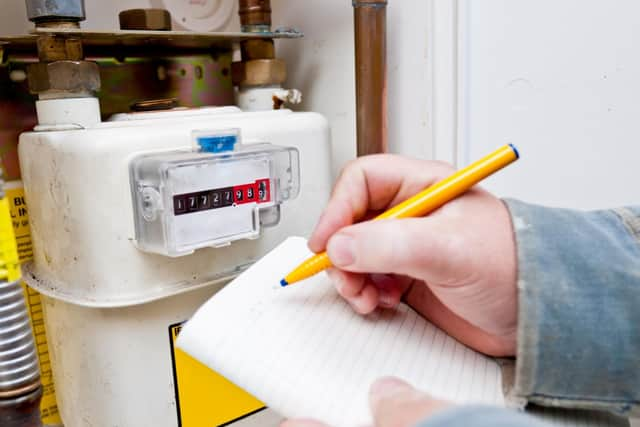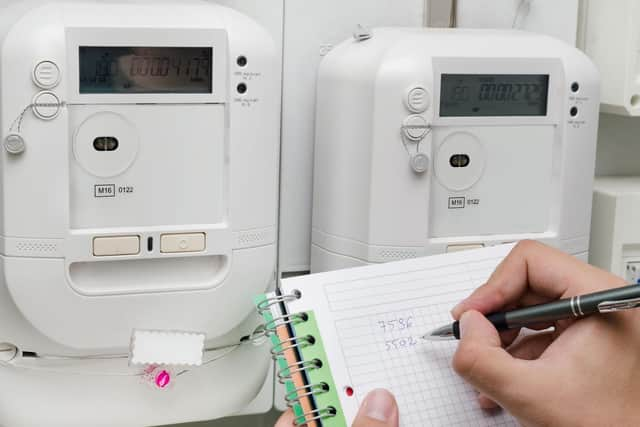When to take a meter reading: How to take a meter reading and Martin Lewis advice on meter reading on 31st March
and live on Freeview channel 276
As costs of living continue to rise, with the energy bill price cap rising by 54% on April 1st, adding an estimated £700 to the average household bill.
For those on direct debit or prepayment meters, actions you can take on March 31st, ahead of the expected changes, could save you money on your upcoming bill.
Advertisement
Hide AdAdvertisement
Hide AdAdvice from MoneySavingExpert.com’s Martin Lewis outlines how you can do so.


"For those...on prepayment meters, specifically non-smart prepay meters – if you're on a smart prepay, this won't help. The regulator Ofgem has confirmed to me that you get the rate on the day you top up, not when you use energy,” Mr Lewis explained in a video statement.
"Now, that means if you max out your top-up in March before the rate goes up, that's what you'll get, even if you then use that energy in April.
"So you can extend the cheap rate we have now for longer by maxing your top-up if you can afford it – and I know not everybody on prepay can.”


Advertisement
Hide AdAdvertisement
Hide AdMr Lewis went on to clarify that this will work for most mainstream companies, with the exclusion of Scottish Power, which will add a rate on top of that.
Here’s how direct debit users can use well-timed meter readings to save money.
Meter reading on 31st March
Direct debit users don’t have a similar system to prepayment meters. However, there is one simple action you can take on March 31st to help.
"If you artificially inflate your direct debit in March, that's fraud, you can't do it,” Mr Lewis said. “But I would suggest you do...do a meter reading on March 31st, so you draw a line and tell the energy company all this energy I've used should be at the cheap rate."
Advertisement
Hide AdAdvertisement
Hide AdYou should then be able to only pay for the energy you’ve used from April 1st at the new, more expensive rate.
How to take a meter reading
Smart meters will automatically send readings to your supplier, but you should still make a note of what it states to quote back to your provider if needed.
For a single rate digital meter, you should see five numbers in black or white, followed by one or more red numbers. Write down these first five black or white numbers, ignoring the others.
For a two rate digital meter, you’ll have two rows of numbers. The top one, labelled ‘low’ or ‘night’, shows how many units of cheaper electricity you’ve used, while the lower one, labelled ‘normal’ or ‘day’, shows how many units of standard-price electricity you’ve used. This only applies to people who pay less for electricity at certain times.
Advertisement
Hide AdAdvertisement
Hide AdYou should record the first five numbers of both rows, ignoring any numbers shown in red. Be sure to also note down the date that you took your meter reading on.
You could also take a picture of your smart, single, or double rate meter for your references.
Comment Guidelines
National World encourages reader discussion on our stories. User feedback, insights and back-and-forth exchanges add a rich layer of context to reporting. Please review our Community Guidelines before commenting.

